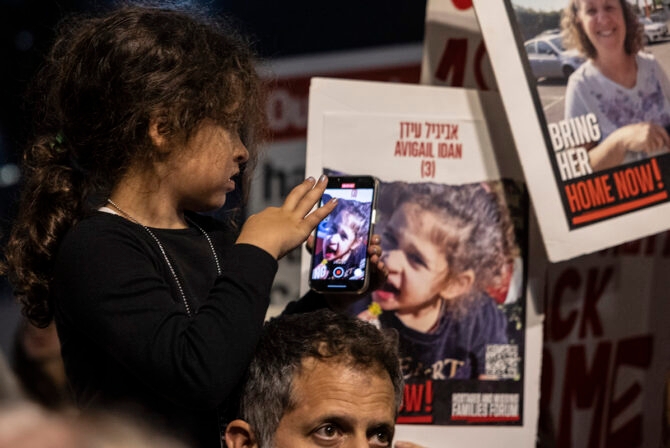It’s hard to imagine that the people we pay to take care of our children while we’re at work tend to live in poverty. But it’s true: about half receive government assistance, whether in the form of food stamps, welfare money, and Medicaid. Their median hourly wage comes to $9.77. Yup. Think about that for a second.
Any parent will tell you that taking care of kids is intensely hard work–and not something you want someone to feel resentful over because they aren’t being paid well. In a new report, researchers at the University of California at Berkeley warn that child care is too important to the country’s future to offer such low wages. This is, of course, common sense. They write:
“Economic insecurity, linked to low wages, remains endemic among those who care for and educate young children from birth to elementary school. This condition has endured despite a much-altered landscape in which developmental scientists, economists, and business and labor leaders have widely recognized the importance of early care and education in shaping children’s development, promoting the health of families, and building a strong economy.”
About 2 million adults earn a living by taking care of and teaching an estimated 12 million children, ages 0 to 5. Yet, about 46% of child-care workers were part of families enrolled in at least one public safety net program, according to The Washington Post. This is compared with 26% of those in other careers. That’s scary to think about. And it’s not like a college degree makes a huge difference, as early childhood education is the college major that makes the lowest lifetime pay.
This also means a high turnover rate for those who either leave the profession–or for experienced workers to turn down day-care jobs for something else. The National Institute of Child Health and Human Development label many of America’s day-care programs as “fair” or “poor.” Only 10% actually offer high-quality care.
It’s unrealistic to say this wouldn’t result in child care professionals becoming overworked and distracted, which can directly affect a child’s health, as repeated periods of no contact have negative affects, such as anxiety or depression as an adult, according to a 2000 study.
So, what are we to do? The report recommends that states should spend more money on child care. If only it was so easy to persuade the state governments to allocate that money in the first place.
Read More:
9 Stylish Modest Swimsuits $50 and Under
7 Female Celebrities You Probably Didn’t Know Are Jewish
Meet Sarah Aroeste, the Jewish Mom Revitalizing Ladino Music







